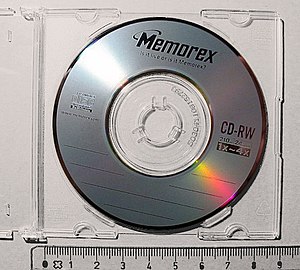Installing an Operating System
The first thing you need to do is determine why you need to install an operating system. Is there something wrong with your existing install that cannot be fixed? Or perhaps you are doing an upgrade and would like to install a new version of an operating system. One more option might be that you have replaced your hard drive and simply need to install the same operating system you were using before. Presuming you know the whys, next ensure that you know exactly which operating system you wish to install.
Next is to make sure that you backup all your data. Bookmarks, Pictures, Documents and even things like game saves. When you are sure you are ready to go you can proceed. Even if you are just going to do an upgrade installation it is wise to have everything backed up in case something fails or goes wrong. Also avoid making a simple mistake like backing up your things on the same drive, put your backups on some type of removable media. Now you are ready to install the operating system.
It’s advisable to have an extra computer if you run into problems so you can look on the operating system developer’s website or search the internet for tips on your issues. Start by placing the media into the CD or DVD Rom drive and then boot the computer, you may need to enter the computers BIOS and change the setting that sets the boot order, ensuring that the optical drive boots first and not the hard drive. The computer should start booting from the disks and then you can proceed following on screen prompts to complete the installation.

